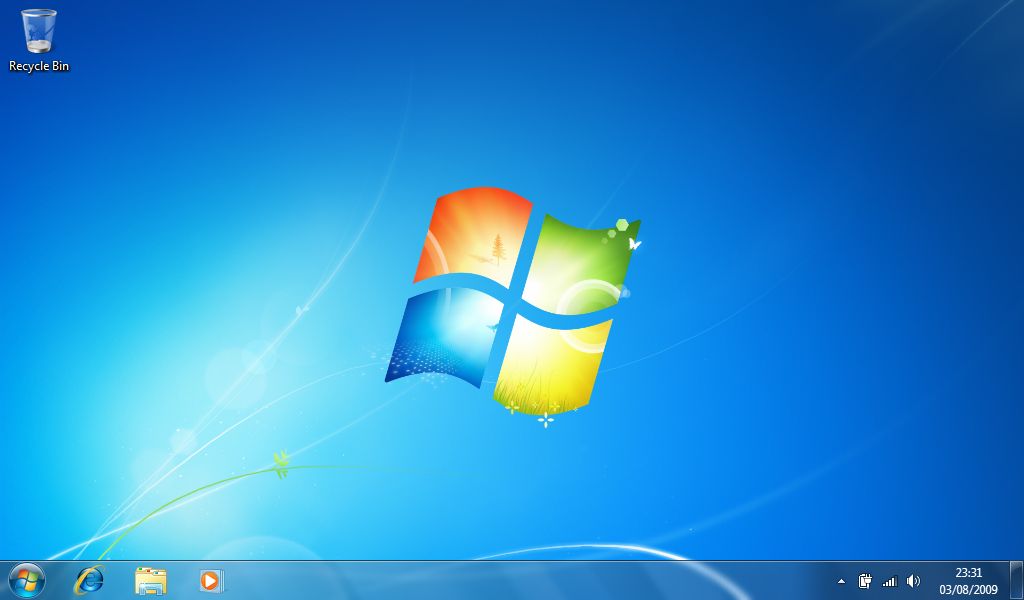Windows 10 gains users, but so does Windows 7 – could it be the new Windows XP?
Windows 7 uptick might make you Wannacry,…

The latest desktop OS market share numbers have been released by a major analytics firm, and while they show Windows 10 continuing to forge ahead, Windows 7 has actually undergone a slight uptick, too – which could be a potentially worrying sign for the future of Microsoft’s operating systems.
The new figures from Netmarketshare for January show Windows 10 breaking the 40% barrier for the first time, hitting 40.9%, a sizeable increase from the previous month where it stood at 39.22%.
Given that, you’d expect Windows 7 would have dropped, as it did in December 2018, when it fell two clear percentage points down to 36.9%. In January, however, it actually edged up to 37.19%, an increase of 0.29%.
Where did Windows 10 make its gains, then? From people leaving Windows XP mainly – which sank to 2.76%, from 4.54% the previous month – and also Windows 8/8.1 deserters.
Creep show
However, it’s the fact that Windows 7 has crept up which is worth considering for a moment here.
As we mentioned, you’d expect the OS to be falling, and while the slight 0.29% uptick is obviously far from huge – and Netmarketshare’s stats aren’t a cast-iron representation of the Windows user base, as they’re only an estimation based on web analytics – it’s still a potentially telling increase.
That’s because as more eagle-eyed readers might have spotted last month, January 2019 witnessed the passing of the one-year deadline before support for Windows 7 ends, and therefore the operating system no longer gets security patches (or any updates for that matter).
Sign up for breaking news, reviews, opinion, top tech deals, and more.
In other words, Windows 7 users are living on borrowed time now, and yet the user base has seen a slight increase (and even assuming some room for statistical error on the part of the analytics firm, it seems the OS is at least holding steady).
And that hints at a large number of potential diehard holdouts who don’t want to leave their favorite version of Windows. One way of looking at it could be: is Windows 7 going to be the next Windows XP?
The latter was another much-liked operating system which folks refused to leave after support for the OS was abandoned, and indeed as we’ve seen with the latest stats, it’s still to this day being used on almost 3% of the PCs out there.
All this points to a potentially bleak outlook for the future, because if Windows 7 does maintain a fanatical user base which refuses to migrate to an alternative platform post-support cessation, the security holes which will inevitably pop up in the OS could invite the likes of some serious malware outbreaks. Just as Windows XP did in the case of Wannacry.
If you’re running Windows 7, but aren’t sure exactly what you’re going to do as the support deadline approaches, we’ve got a full guide on how to prepare for Windows 7 End of Life that discusses all the various options at your disposal.
- Some of the best laptops of 2019 run Windows 10
Via MS Power User
Darren is a freelancer writing news and features for TechRadar (and occasionally T3) across a broad range of computing topics including CPUs, GPUs, various other hardware, VPNs, antivirus and more. He has written about tech for the best part of three decades, and writes books in his spare time (his debut novel - 'I Know What You Did Last Supper' - was published by Hachette UK in 2013).